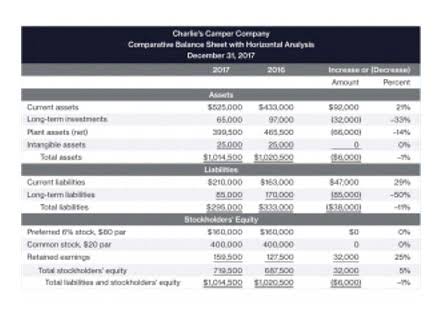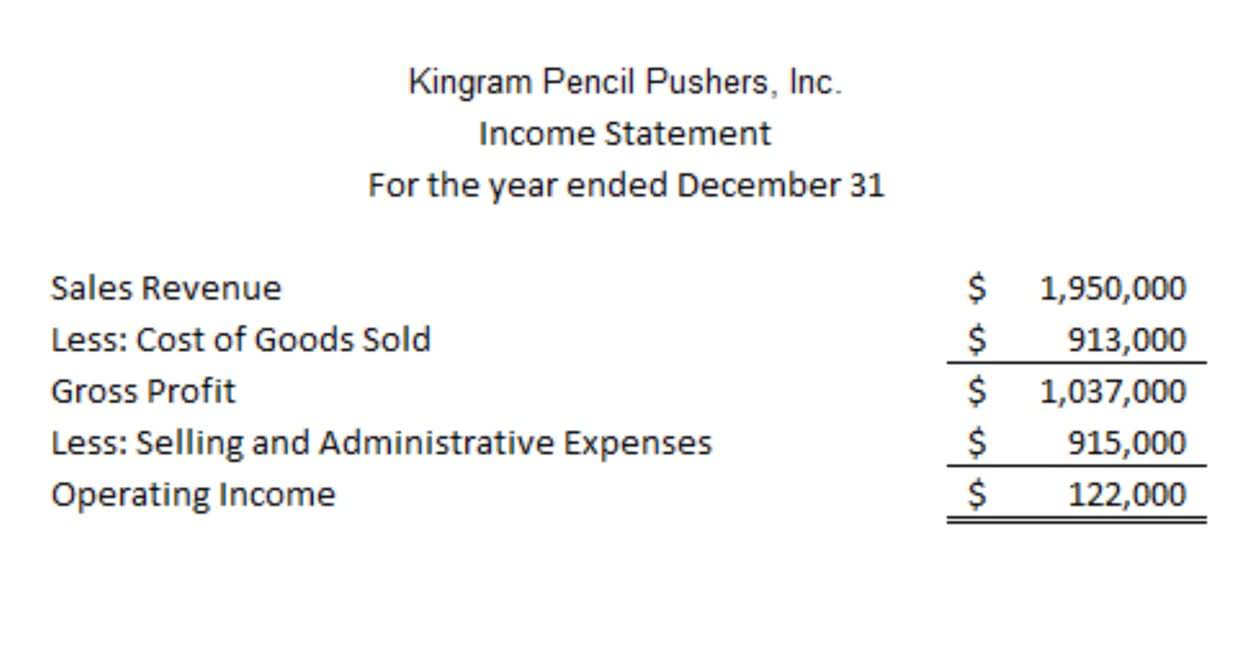
The first thing you need to do is customize your pay stub by choosing from our selection of six templates. Each template or layout varies based on how much information it shows about your business and the way it displays information. This section specifies the company name, employer’s phone number, company location, and similar information on the employer’s business. It also needs to show the relationship and tenure of engagement the employee has with the employer. A PEO is not to be confused with Preferred Provider Organization (PPO).
Make Pay Stubs Easy to Access
- Year-to-Date Earnings – The earnings and deductions that have been accumulated for the whole year.
- While using a payroll tool, you must enter the details in each field and the taxes and contributions you withhold must be deposited at the right time with the right institutions.
- Remember that the withholding amounts for taxes must be paid to the correct agency, and these numbers should be double-checked to avoid errors that might cost you penalties.
- Workers and employers can both refer to this information if they have questions about what benefits employees paid for.
- An independent contractor is someone who provides a service(s) to multiple clients and is paid based on the particular service they provide.
- This guide is intended to be used as a starting point in analyzing an employer’s payroll obligations and is not a comprehensive resource of requirements.
Still, you’ll want to consider leveraging payroll software as you scale. Employers must get consent from employees before changing away from paper paycheck stubs. Also, in case your business gets an involuntary audit by the IRS, having these records will make a big difference. Staying compliant with the Fair Labor Standards Act also requires you to keep a record of employees’ hours worked and wages.

Cash Flow Management Tips for Small Contractors

Here they can add direct deposit payroll information, print pay stubs, and access a past pay period. If you choose to do pay stubs manually, be careful to ensure you’re calculating all wages and deductions correctly every pay period. It’s a good practice to provide pay stubs since it’ll save you from many administrative headaches. For example, as an employer, a pay stub is an amazing tool for tax purposes when it’s time for you to submit your quarterly 941s and when it’s time to fill out your employee’s W-2 form. You won’t have to crunch numbers at the last second when you have pay stubs on record. A pay stub example you see online will have varying information from the one you choose.
#8. Employer Contributions
The pay date typically coincides with the date when the most recent pay period was completed. If there are salary adjustments, such as commissions and bonuses, overtime compensation, or additional or used paid time off, it must also reflect on the pay stub. Now that you know what a pay stub is, let’s briefly discuss its different uses to help you understand better why these documents are integral to every business and its employees.
- Salaried employees will see their pay for the period listed, along with any bonuses or additional compensation.
- While preparing pay stubs, you must pay more attention to the legal requirements.
- In the absence of federal legislation, most states have laws requiring employers to issue pay stubs.
- Gross wages are the total amount of financial compensation owed to an employee before any deductions are made.
- Each employee’s pay rate is typically specified in their employment contract.
- It breaks down the deduction amount for federal, state, and local taxes, Social Security, and Medicare, and details deductions for health insurance, dental, vision, or other benefits.
One element that’s unique to outsourcing a PEO is the QuickBooks idea of co-employment . Co-employment is a relationship in which a contract allows a small business and a PEO to share the weight of employment responsibilities. The PEO becomes the administrative employer while the business acts as the worksite employer.

Pay Stub vs. Paycheck: What’s the Difference?

Sometimes, employees may ask for a share of their salary to go to nonprofits or be invested in an Employee Stock Purchase Plan (ESPP). These deductions https://elephantkids.com.tr/the-complete-guide-to-outsourced-accounting/ are called out separately with the deduction amount mentioned for the given pay period. Many jurisdictions require that employers calculate, deduct, and withhold the amount of federal and state-level taxes to be paid to the employee. They include federal income tax, unemployment taxes, and the employee share of FICA taxes like social security and Medicare taxes.
Drawbacks: 4 Disadvantages of a PEO
With Total Compensation Statement gives employees a pay stub def complete breakdown of their compensation, including benefits and bonuses. Salary Structure helps employers design transparent pay structures that clearly show how deductions are handled, ensuring compliance and fairness. Employees should check their state payroll laws so that they understand their rights. Irrespective of the name, the function of all of them is essentially that they summarize the earnings and deductions of an employee in detail.
This includes HR-related tasks like payroll services, employee benefits, compensation, and regulatory compliance with federal and state employment laws. However, some state laws require that businesses furnish them periodically. Some require that pay stubs be available for employee access, while some others require that they be printed and distributed. As explained in the blog, pay stubs are an essential part of payroll processing.